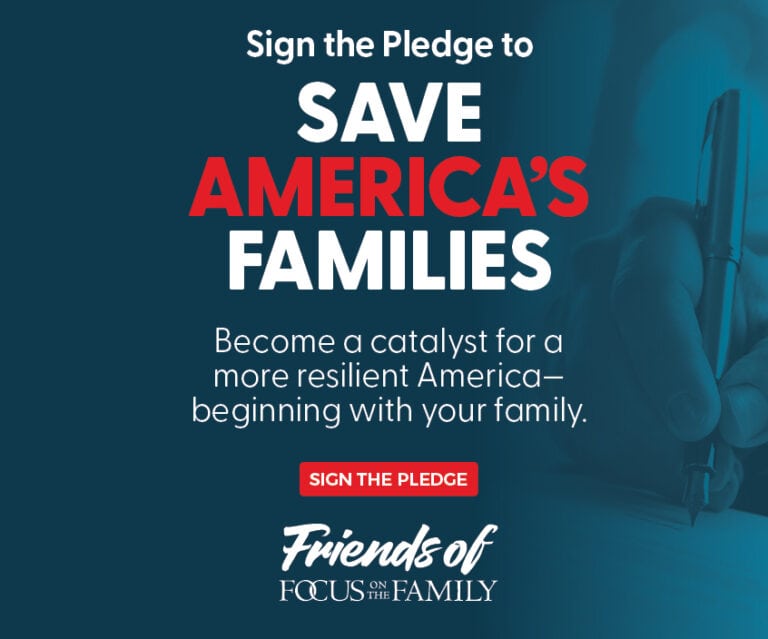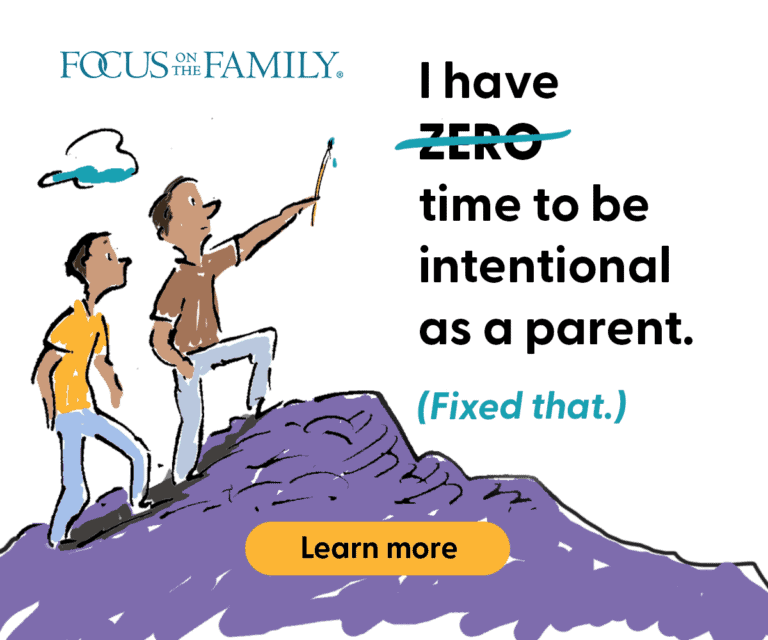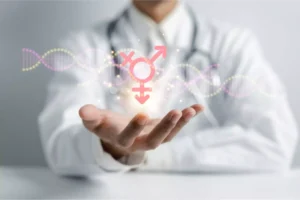Recently, a friend told me she was at the Denver International Airport and intended to use the women’s restroom. Before she could enter, she watched a man walk in ahead of her. Another woman walked out of the bathroom, and both women together looked at the sign, clearly marked “Women,” and then each other. They shook their heads and wondered, “What just happened?”
What both women didn’t realize was Colorado has a law, SB-200, making it discriminatory and unlawful for public accommodations to be withheld from a person based on “sexual orientation.” This law also includes “transgender status or another person’s perception thereof” under its definition of “sexual orientation.”
How Did We Get Here?
Our online articles, “What is Gender Identity”and “Who is Included in the Transgender Umbrella,” give some clues about how we got here, examining gender ideology and the shifts in thinking and language over the years.
Looking at the question from a different perspective, we see there has been an increasingly powerful lesbian, gay, bisexual and transgender (LGBT) activist movement over the past 50 years. The modern LGBT movement is often said to have begun with riots at the Stonewall Inn in New York in 1969. A year later, gay- and transgender- identified men and women held “Gay Pride” marches in New York, Los Angeles and Chicago. The movement spread until, within a few years, there were LGBT activist groups in almost every major American city, initially holding “Gay Pride” celebrations and parades in the month of June. Now, the whole calendar is filled with LGBT-awareness days and months, and with worldwide “Gay Pride” celebrations from January to December.
Since the Stonewall Riots, many activist groups have been established, working to affect almost every area of American life, including:
- Religion: Since even before Stonewall, LGBT activists and their allies began pressuring churches and denominations to change their theology about sexuality. Several denominations now perform same-sex ceremonies and ordain LGBT-identified clergy.
- Popular Culture: Groups like GLAAD (formerly the Gay and Lesbian Alliance Against Defamation) have worked for more than 30 years to influence news and entertainment media to portray LGBT-identified men and women more frequently and only in a positive light.
- Education: GLSEN, the Gay Lesbian and Straight Education Network, established more than 4,000 “Gay Straight Alliances” at elementary, middle and high schools. They also train educators, students and school employees on their perspective toward LGBT issues.
- Business: The Human Rights Campaign was formed in 1980 and began a “Corporate Equality Index” in 2002, rating businesses with respect to benefits and support for LGBT-identified people. Now, many of those businesses lobby on behalf of LGBT issues – often to the detriment of religious freedom, free speech, privacy and safety.
- Politics: Numerous LGBT activist and legal groups have worked to change laws regarding marriage, adoption, and nondiscrimination policies. Other groups are active in endorsing and financially supporting political candidates.
This list is just a snapshot of areas where LGBT activists and allies have worked to change our culture. As activists and their allies have created new laws that provide special protection based on “sexual orientation and gender identity” (SOGI) the legal landscape has shifted dramatically.
Subscribe to Citizen magazine
Citizen magazine gives you information no one else offers—stories that set the record straight on the issues that affect your family, your neighborhood, and your church—plus stories of local heroes who’ve overcome great odds (and their own fears) and stood up for the values you cherish, along with practical steps that help you make a difference.
If you want to help impact a nation that honors faith, family, and freedom, get your subscription starting today!
Employment Laws
“Sexual orientation” was first elevated to protected status in employment laws. East Lansing and Ann Arbor, both in Michigan, were the first cities to begin this effort, passing laws protecting “sexual orientation” in employment in 1972. The District of Columbia followed in 1973, adding “sexual orientation” to employment nondiscrimination laws for all employees.
Pennsylvania was the first state to add “sexual orientation” to employment nondiscrimination laws in 1975 ― only affecting state employees. Wisconsin was the first state to cover all employment in 1985. “Sexual orientation” in these laws is usually defined as referring to homosexuality, heterosexuality or bisexuality. Occasionally, “transgender status” was included in the definition of “sexual orientation,” even though it is usually seen as a distinct issue.
A number of other states followed ― either through legislation or by the executive order of a governor ― sometimes covering all employees, sometimes covering only state employees. Minnesota was the first state to add “gender identity” protections for all employment in 1993.
Housing, Education and Public Accommodations
Activists pushed for SOGI laws that offered special protections based on sexual behavior and identity in housing, education and public accommodations, such as restaurants, hotels, changing rooms, locker rooms and restrooms. As of June 2016, 18 states plus the District of Columbia had SOGI laws covering public accommodations, and 3 states have laws covering only sexual orientation in public accommodations.
Hundreds of towns, cities and counties have also passed SOGI ordinances, so there is a patchwork of ordinances and laws all across the U.S., giving special rights based on LGBT identity and behavior.
Since this article primarily focuses on transgenderism and public accommodations, you may find more examples of how these ordinances affect other areas at SOGI Laws: Trampling Privacy, Safety And Religious Freedom and The Impact of Adding LGBT to Nondiscrimination Laws.
Federal Laws
Most recently, almost every federal department and agency has redefined laws that protect against discrimination on the basis of sex ― being male or female. These laws were originally designed to protect the civil rights of women. Now, however, departments are reinterpreting “sex” to include “sexual orientation” and “gender identity.”
Here are just a few examples of how the twisting of this language is being applied to create new policies that impact Americans:
- In May 2016, the U.S. Departments of Education and Justice issued a guidance letter to every public school and college. The letter said “that federal law requires them to allow students to use restrooms and locker rooms ‘consistent with their gender identity.’” So boys who believe they are girls must be able to compete on girls’ teams and use girls’ facilities ― and vice versa.
- In July 2015, the U. S. Equal Employment Opportunity Commission (EEOC) reinterpreted Title VII of the Civil Rights Act of 1964. They concluded that “sex discrimination” now included an employee’s gender identity or sexual orientation. According to the LA Times:
“EEOC Commissioner Chai Feldblum said in an interview that the EEOC decided it was ‘a gender stereotype to think that a man should marry a woman,’ ruling in favor of 223 LGBT people who claimed employment discrimination in the past two years.”
According to the EEOC, it’s a “stereotype,” and therefore discriminatory and bigoted, to believe that marriage is only between a man and a woman.
- The U.S. Department of Housing and Urban Development (HUD) is using the threat of withholding federal funds to force communities to amend their ordinances to include “sexual orientation” and “gender identity.” So in June, 2016, Howard County, Ind. Commissioners were forced, under protest, to amend their “fair housing ordinance,” in order to receive funds for workforce development and to build a wastewater treatment plant.
- The U.S. Department of Health and Human Services announced, in May 2016, a final rule for Section 1557 of the Affordable Care Act (“ObamaCare”), prohibiting discrimination on the basis of “gender identity and sex stereotyping.” According to the rule:
“Gender identity means an individual’s internal sense of gender, which may be male, female, neither, or a combination of male and female, and which may be different from an individual’s sex assigned at birth.”
So insurers and health-care providers must treat a male patient who believes he is female as a female.
‘So, What Just Happened?’
Since Dr. John Money coined the term “gender identity” in the 1950s”, he, and other thinkers and activists turned their backs on God’s deliberate design of humanity in His image, male and female. Ideas have consequences, especially when people reject the truth about God and turn from him ― just as the Apostle Paul tells us in Romans 1. Many people have followed this path, to the point where large swaths of Americans now believe in the transgender ideology.
As we’ve seen, those beliefs now impact every area of life ― from religion to politics, from education to restrooms, and from business to pop culture. Clearly, the culture has shifted.
Conservatives and Christians did not start the “bathroom wars,” as some in politics and the press suggest. Activists and their allies have worked hard to change laws at the state and local levels. They pressure businesses and lobby at the local, state and federal levels to allow people to use whichever public facility comports with their “gender identity” or “gender expression.”
As Christians, we must resist the temptation to be discouraged and, instead, double our efforts to live and speak Christ’s love and truth to those who have turned from God’s goodness and grace.
Teaching your children about God’s design for humanity as male and female, explaining a godly view of human sexuality to them, and living out a high view of marriage are some of the greatest investments you can make for the next generation.
To help you in this journey, we offer complimentary resources to address these “hot-button” issues. Staying engaged is another way to affect the culture. Our weekly email brings you resources and encouragement. Citizen magazine is another good way to keep abreast of developments from a Christian perspective.
















